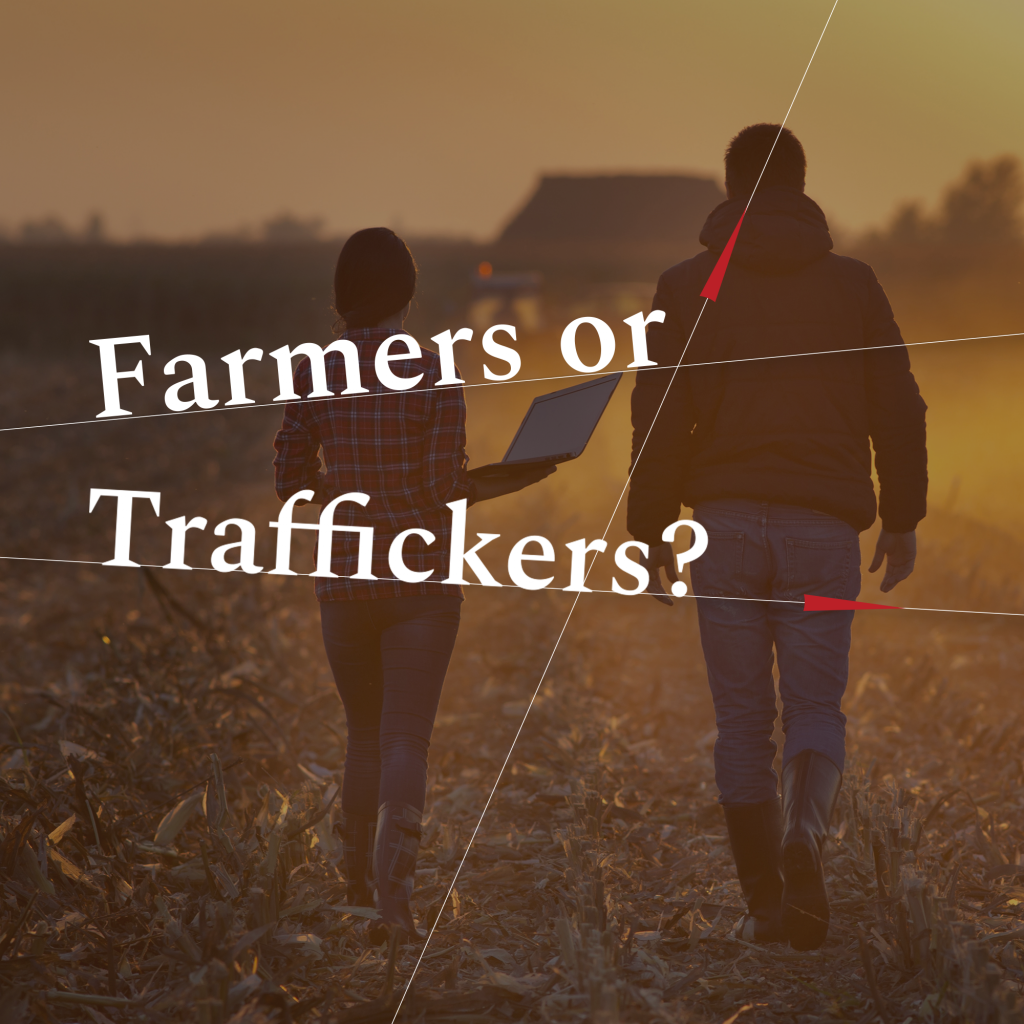Fentanyl is the greatest threat facing Americans today, as it is the leading cause of death for individuals between the ages of 18 and 45. The drug cartels responsible for smuggling fentanyl into the United States operate global criminal enterprises and rely on a worldwide supply chain. To finance their operations, fentanyl traffickers exploit vulnerabilities in the financial system, using a range of sophisticated methods to launder the proceeds of drug sales. These methods include using front companies in industries like import/export, logistics, and pharmaceuticals to mask the true origin of funds and facilitate the cross-border movement of drugs and money.
Traffickers often engage in trade-based money laundering through shell companies and use a combination of cash transactions and digital currencies, including cryptocurrencies, to obscure the financial trail. By leveraging these methods, traffickers can efficiently move and disguise illicit proceeds, making it challenging for law enforcement and financial institutions to detect and disrupt their activities.
Fentanyl traffickers’ financial records may contain a variety of suspicious behaviors. Key red flags include links to Mexico-based cartels, such as the Sinaloa Cartel or the CJNG, through transactions with individuals or businesses in cartel-controlled areas. Sometimes, these individuals may appear in adverse media reports or law enforcement databases for their involvement in synthetic drug operations, cartels, and related criminal activities.
Who’s involved in fentanyl trafficking?
Traffickers may also be employed by, or have links to, high-risk businesses like import/export companies or chemical suppliers, particularly in regions such as Mexico, China, or Hong Kong. Additionally, their financial activities might include connections to drug-related e-commerce platforms or darknet marketplaces. There may also be classic money laundering patterns, such as funnel account activity or structuring deposits to avoid triggering suspicious activity reports. Increasingly, traffickers are using cryptocurrencies for transactions, exploiting the anonymity and cross-border flexibility these digital currencies offer, which makes it difficult for financial institutions and law enforcement to trace and intercept illicit funds. Previously preferred non-traditional laundering methods, such as Hawalas and the Black Peso Market, have been increasingly displaced by highly organized Chinese money laundering networks.
Download our investigation guide to learn more.
Understand the wider context, know what to look for and how to find it with our free Fentanyl Trafficking Investigation Guide.
Share this post
Resources





